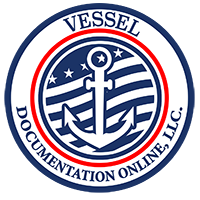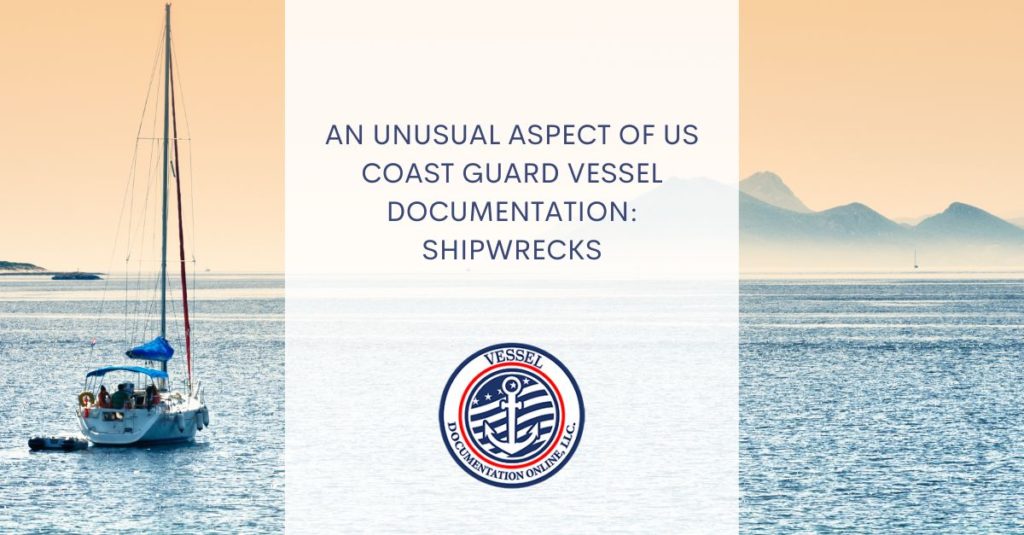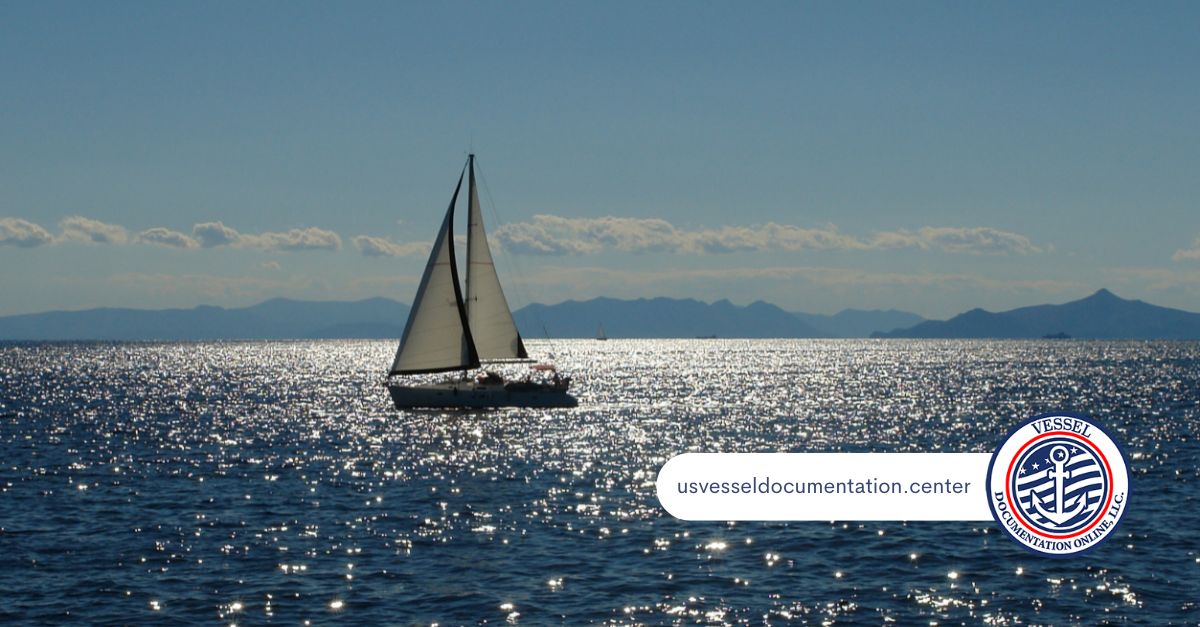While shipwrecks might not happen all the time, they do occur and there are plenty of lost ships lying on the ocean floor to prove it. Finding these wrecked ships naturally involves US Coast Guard vessel documentation as the records about the watercraft play a big role in the process. This guide will give you all of the information you need to understand shipwrecks and how your paperwork is involved.
Finding Historical Vessels
Sunken ships carry a lot of historical value and information. Finding them is an important part of preserving this history and learning more about maritime life over the years. That includes commerce and exploration but also offers up clues to what caused the shipwreck and who the people on board were. Much of this information comes from the documentation associated with the ship, which allows the proper authorities to seek it out and take the proper next steps.
Preserving US Coast Guard Vessel Documentation
United States Coast Guard documentation pertains to active vessels, but also to those lost at sea. The paperwork offers up important details, including the names, specs, and ownership history of a sunken ship. By accessing this data, historians can create a history of the vessel and its occupants. This preservation is important to the maritime industry, but it is also important for recording important events in time.
Preservation and Identification
One of the many roles of your ship’s documentation is to identify and preserve the history and heritage of the maritime industry. The records can be used to locate a shipwreck, as well as identify the vessel and put together its history. This is valuable for understanding the history that the boat belongs to, as well as preserving its story for future generations.
Salvage Operations
Sometimes, a shipwreck has no value, but the items it contains are worth retrieving. In some cases, the sunken ship may pose an environmental hazard. In either situation, a salvage operation can help find missing objects and ensure the safety of the ocean and the creatures that live there. These salvage efforts must be carried out according to rules and regulations, so a professional team is usually chosen to get the job done.
What’s the Documentation Process?
Using a vessel’s documentation is one way to unveil a shipwreck. Taking the proper course of action and letting the process work in its time is an important way to glean the information the sunken ship has to offer, both now and historically. The steps in the process are as follows:
- A search is carried out in the database for the vessel
- Documentation is matched to the sunken ship
- Legal records are examined
- Documentation is used to verify the history and owner of the ship
- If necessary, historical preservation steps are carried out
- Salvage operations are deployed if needed
Do you want to know more about how a shipwreck is handled and how US Coast Guard vessel documentation plays its part? You have come to the right place. Contact the US Vessel Documentation Center today and we will answer any questions you have about vessel documentation.





